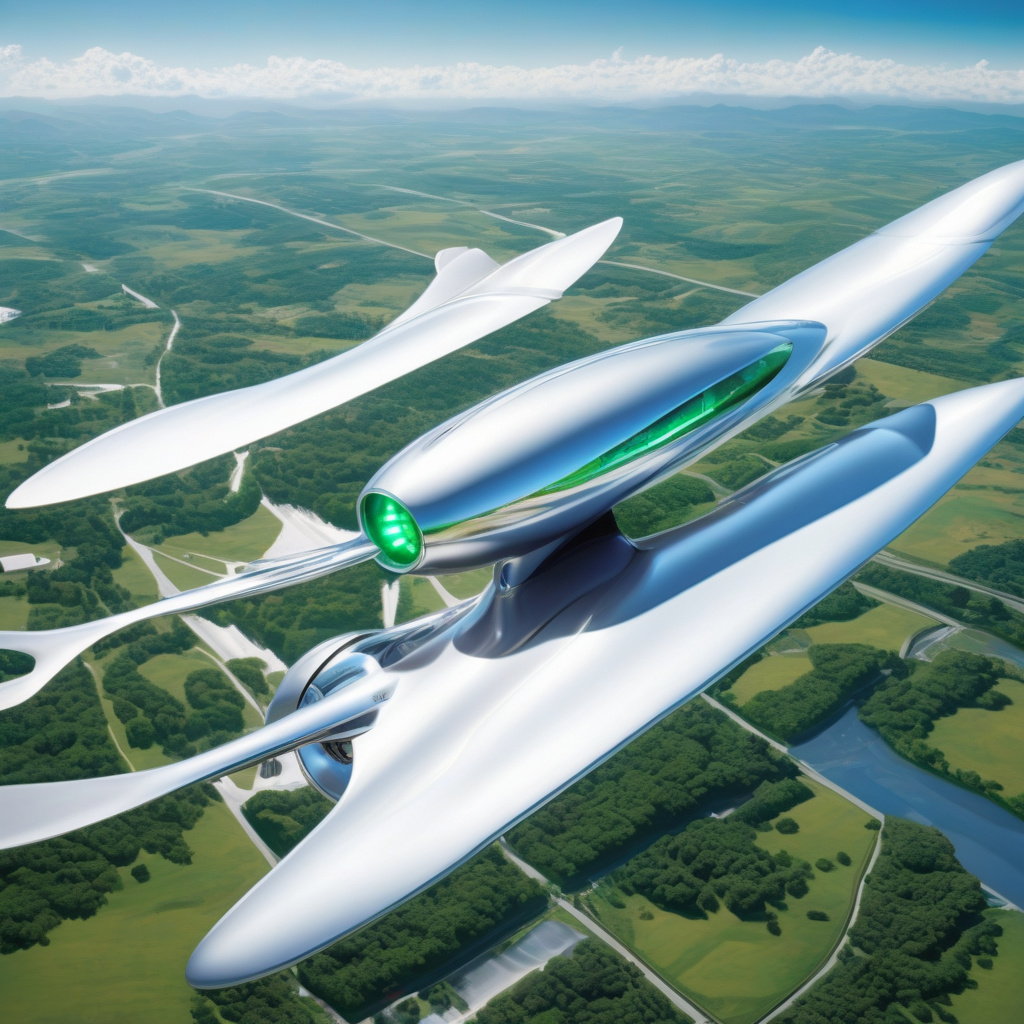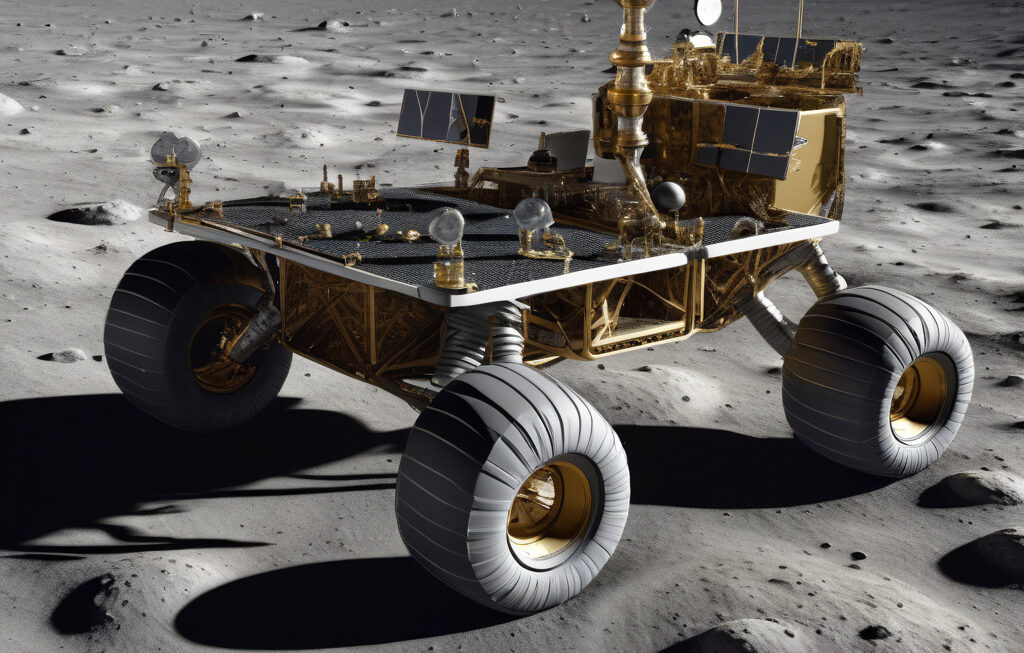MIT’s Groundbreaking Sodium-Air Fuel Cell: Green Innovation for Electric Aviation
Researchers at the Massachusetts Institute of Technology (MIT) have developed a sodium-air fuel cell that could revolutionize the future of electric aviation. This innovative technology not only promises to power electric planes efficiently but also tackles the pressing issue of carbon dioxide (CO2) emissions by actively removing CO2 from the atmosphere.
The concept of using fuel cells in aviation is not entirely new, but MIT’s sodium-air fuel cell stands out for its unique approach and environmental benefits. Traditional fuel cells rely on hydrogen as the primary fuel source, which can be challenging to store and transport. In contrast, the sodium-air fuel cell utilizes sodium as a more practical and abundant alternative. When sodium reacts with oxygen, it generates energy to power the aircraft.
One of the most remarkable features of MIT’s fuel cell is its ability to capture CO2 during operation. As the cell draws in air to facilitate the chemical reaction, it also absorbs CO2 from the surrounding air. This dual functionality addresses two critical issues in tandem – reducing greenhouse gas emissions from air travel and actively removing CO2 from the atmosphere to combat climate change.
Electric aviation has gained traction in recent years as the industry seeks sustainable alternatives to traditional fossil fuel-powered aircraft. By harnessing clean energy sources like the sodium-air fuel cell, electric planes can significantly reduce their environmental impact and pave the way for a greener future of air travel.
In addition to its environmental benefits, MIT’s fuel cell offers practical advantages for electric aircraft. The use of sodium as a fuel source is more cost-effective and easier to implement on a larger scale compared to hydrogen-based systems. This affordability and scalability make the technology more accessible for commercial aviation, driving the transition towards electric propulsion in the industry.
Moreover, the potential for carbon capture integrated into the fuel cell presents a compelling solution for offsetting emissions from other sectors. As electric planes equipped with this technology fly, they actively contribute to lowering the overall CO2 levels in the atmosphere, making a tangible impact on global carbon reduction efforts.
While MIT’s sodium-air fuel cell is still in the early stages of development, the promising results suggest a bright future for sustainable aviation. As researchers continue to refine the technology and explore its applications in real-world settings, the possibility of electric planes flying while actively reducing CO2 emissions becomes increasingly feasible.
In conclusion, MIT’s groundbreaking sodium-air fuel cell represents a significant leap forward in green innovation for electric aviation. By combining efficient energy production with carbon capture capabilities, this technology has the potential to transform the way we think about air travel and environmental sustainability. As we look towards a cleaner and more sustainable future, initiatives like MIT’s fuel cell pave the way for a greener aviation industry.
#MIT #FuelCell #ElectricAviation #CO2Reduction #SustainableInnovation












